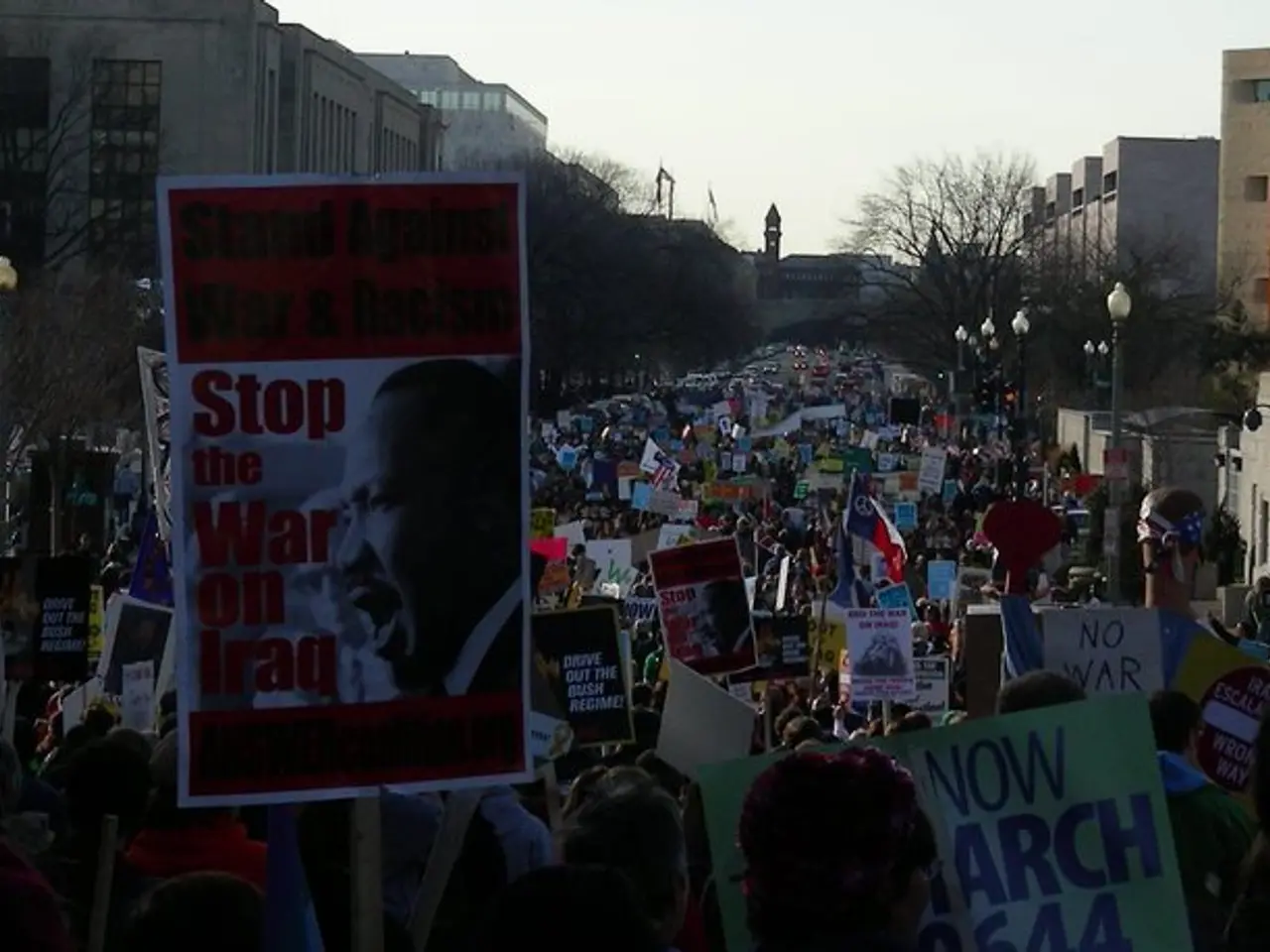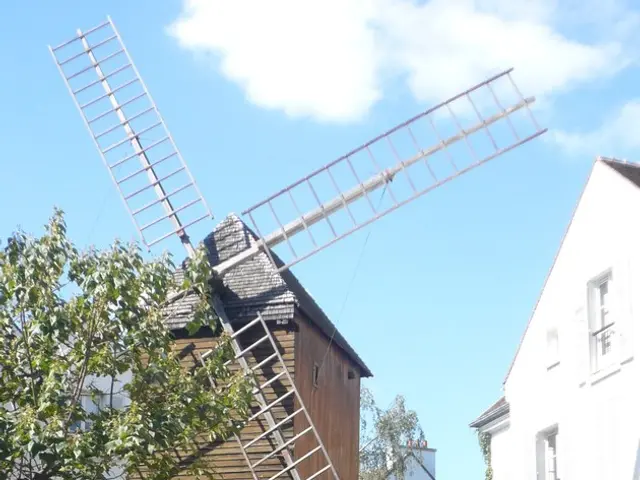Nepal's Social Media Ban Sparks Deadly Protests, Political Crisis
Nepal is grappling with intense unrest following a government-imposed ban on social media platforms. The move, intended to bring these services under state oversight, has sparked massive protests led by students and youth, resulting in at least 19 deaths and hundreds injured. The government has responded with curfews and deployment of the army, while India has placed its border with Nepal on high alert.
The protests began as a digital movement against the ban, which targeted 26 platforms including Facebook, Instagram, and YouTube. For Nepal's Gen Z, this ban severed digital livelihoods and freedom of expression. The demonstrations quickly escalated into widespread clashes with police, leading to destruction of government buildings and a political crisis. Home Minister Ramesh Lekhak resigned due to the deaths, but Prime Minister KP Sharma Oli remains defiant.
India, concerned about the escalating situation, has placed its entire 1,751 km border with Nepal on high alert. Additional forces have been deployed, and coordination with state administrations is underway. The Indian Ministry of External Affairs has urged all parties in Nepal to exercise restraint and resolve disputes through peaceful dialogue.
Nepal's youth-led unrest, amplified by the social media ban, has led to a significant political crisis. With thousands of Gen Z demonstrators flooding the capital, Kathmandu, and the death toll rising, the government's handling of the situation will be crucial in determining the country's future stability.
Read also:
- Germany Launches HoLa Project for Megawatt Charging on A2 Motorway
- Wallenius Wilhelmsen Leads Maritime Industry's Push to Net Zero Emissions by 2027
- Transforming Digital Inventories in the Food Industry: A Comprehensive Guide for Food Businesses
- Canada's Transportation Revolution: Hyperloop & Electric Air Taxis by 2026






